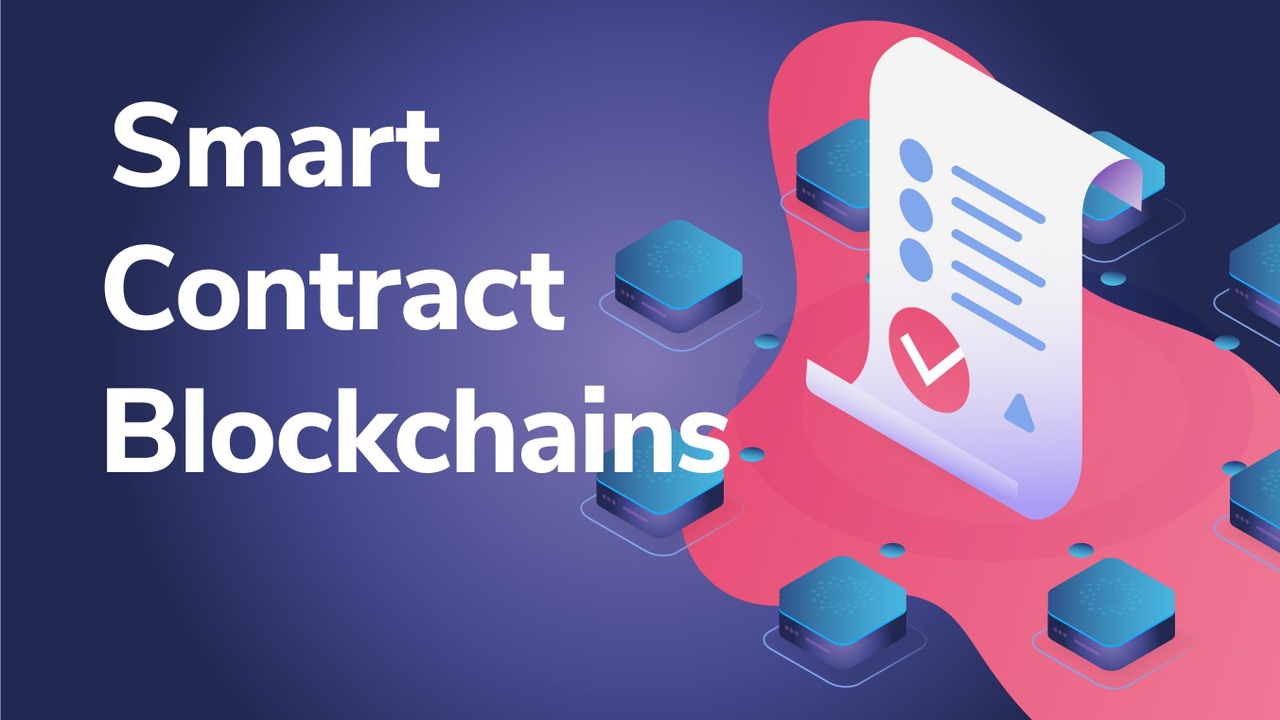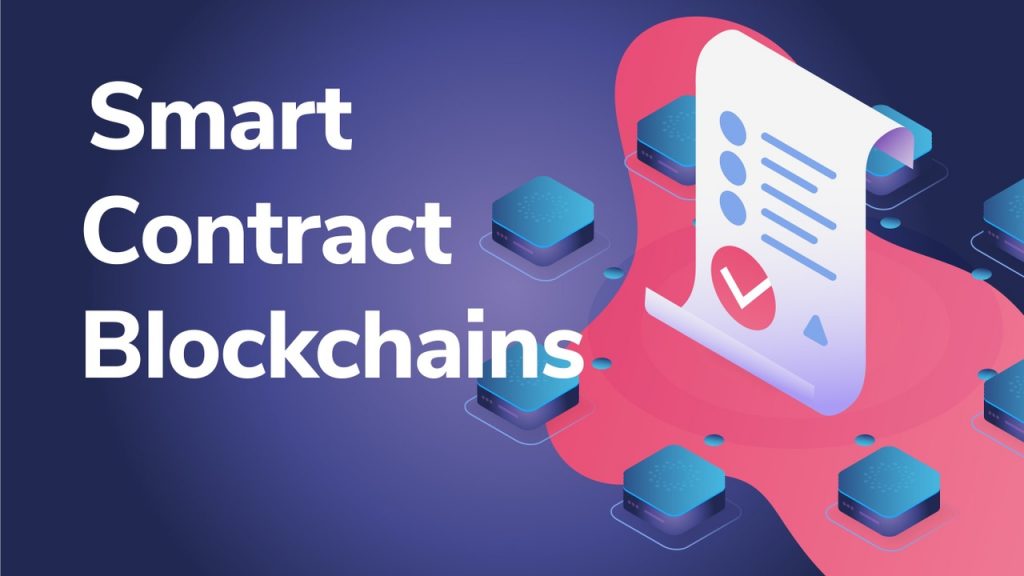
As transaction fees on the Ethereum Network push new highs, the competition between smart contract-enabled blockchains is heating up. Ethereum has long been the go-to platform for decentralized applications (dApps). The network effect of Ethereum and Ethereum-based dApps has been a catalyst in creating an environment where developers can program money in innovative new ways. Without the success of Ethereum over the years, the demand for smart contract-enabled blockchains would likely be substantially lower. However, several new projects, including those established by founding members of the Ethereum team, have created compelling alternatives to the number one decentralized finance (DeFi) blockchain. Blockchain-based smart contract platforms are becoming fiercely competitive in their adoption and utility. But, what are the differences between these blockchains and smart contract development platforms?
In this article, we’re going to discuss some of the most popular smart contract-enabled blockchains and the differences between them. Also, we’ll look at some of the innovative solutions created using smart contracts and the blockchains using them to make decentralized finance (DeFi) accessible to all.
To learn more about smart contracts, check out the Ethereum Smart Contract Programming 101 course at Ivan on Tech Academy. Furthermore, if you’d like to learn how to build your own decentralized applications (dApps) from scratch, be sure to check out the Ethereum Smart Contract Programming 201 and Ethereum Smart Contract Security courses too!
What are Smart Contracts and Smart Contract-Enabled Blockchains?
Smart contract-enabled blockchains are blockchains designed to facilitate programmable money. Often, this is for use in decentralized finance (DeFi) protocols and decentralized financial applications (dApps). Smart contracts are pieces of code that operate on the blockchain. They work as agreements based on programmed logic that is automatically executed. Each smart contract allows digital assets to be transacted upon a specific set of predetermined criteria being met. For example, you could create a smart contract to bet on the outcome of a sports game. Smart contracts are immutable. This means that nobody can alter them or manipulate them once they have been executed. In the example of the sports bet, a smart contract could pay the winner of the bet automatically, without intermediaries.

Scalability, speed, and cost are at the forefront of the current narrative around decentralized finance (DeFi). For the mass adoption of DeFi to truly become a reality, these issues must first be addressed. Although Ethereum provided the original site for developers of smart contract-based applications to hone their skills and flourish, network congestion, slow transaction speeds, and high gas fees have forced many DeFi users to look for alternative platforms. For those with a modest budget or a smaller portfolio, paying hundreds of dollars for a small transaction is simply out of the question.
While this has not always been the case with Ethereum, as the network has seen phenomenal growth over the past twelve months, gas fees have frequently soared to levels only affordable to whales and high net-worth individuals.
Although the scope of smart contracts reaches far beyond DeFi, the primary focus for smart contract-enabled blockchain platforms appears to be in this realm. Programmable money is shaping the way we transact with each other, and blockchain-based smart contract platforms are at the heart of this financial revolution.
Ethereum
The Ethereum whitepaper was proposed in 2013 by Vitalik Buterin. After much development and fundraising, the Ethereum mainnet went live in July 2015. Ethereum is the original decentralized, open-source blockchain to support smart contract functionality. To many, Ethereum is considered the ‘Coca-Cola’ of smart contract-enabled blockchains, or the most well-known brand name. For years, it has been the number one choice for users and developers. The total value locked (TVL) in Ethereum is substantially higher than any other smart contract-enabled blockchain platforms, and the network effect of the Ethereum development community has firmly established the blockchain as the king of smart contract development platforms.

However, one of the most serious issues faced by users and programmers on Ethereum is transaction fees and network congestion. As Ethereum came before other smart contract-enabled blockchain platforms, the scale by which it could grow was somewhat underestimated. After unprecedented adoption, the Ethereum blockchain sometimes struggles to manage the volume of users trying to access Ethereum-based DeFi protocols. This often results in slow transaction speeds and extremely high gas fees. The result is a high barrier for entry for many new users, which can also be problematic for developers.
That being said, Ethereum is tried and tested. Of course, there are still issues to be resolved, but thus far, Ethereum has proven to be the most highly adopted and utilized smart contract-enabled blockchain of all. Without Ethereum, the scope of what is possible to achieve with smart contracts would likely have been narrower than it is today. Realistically, no other smart contract-enabled blockchains would exist in their current form if it were not for Ethereum and the mark it has made on the global financial landscape.
Binance Smart Chain
Launched in September of 2020, Binance Smart Chain (BSC) is a blockchain that runs parallel to the Binance Chain. Binance Chain went live in April 2019 and is the blockchain that was created for processing transactions on Binance DEX. This would allow builders to create new products and enter the world of DeFi under the umbrella of the Binance ecosystem.
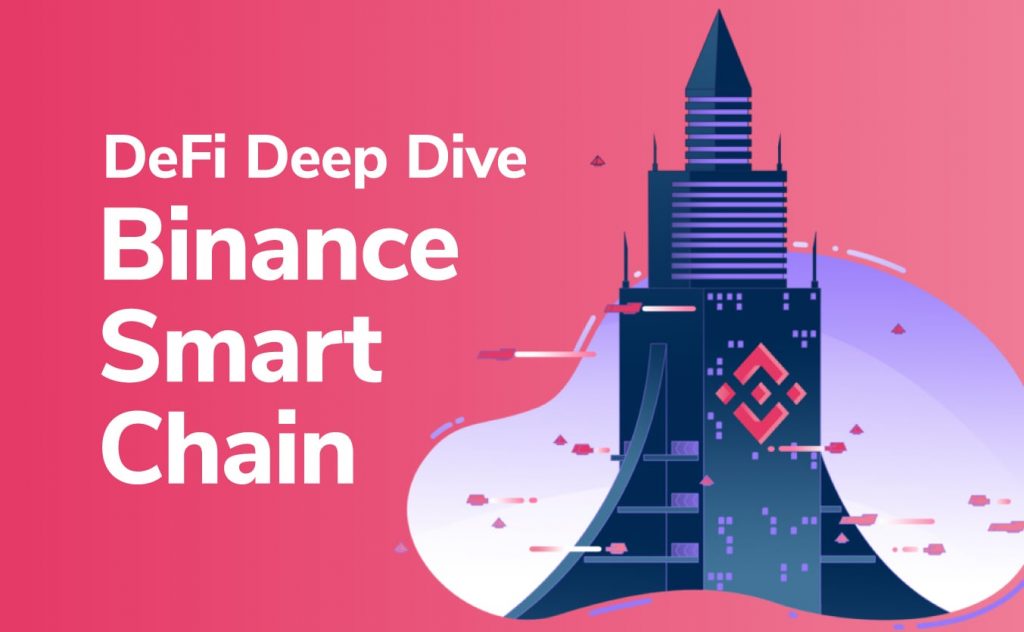
Shortly after the Binance Chain was created, Binance Smart Chain (BSC) was launched to build a network of smart contract-enabled blockchain platforms. BSC has become a serious competitor to Ethereum-based DeFi protocols. This is because BSC enables higher throughput and substantially lower transaction fees.
Users of Binance Smart Chain (BSC) who are familiar with Ethereum-based protocols can interact with a wide array of familiar DeFi services and protocols operating on BSC. BSC and the Binance ecosystem is host to many blockchain-based smart contract platforms, many of which are named after various food items! These include BakerySwap, BurgerSwap, PancakeSwap, and Spartan Protocol. Many of these protocols are clones of popular decentralized exchanges, similar to Uniswap. However, BSC-based smart contract platforms propose a seriously compelling alternative to Ethereum-based protocols.
Since its launch, a large number of decentralized finance (DeFi) projects have emerged on Binance Smart Chain (BSC). Furthermore, the adoption of these smart contract-enabled blockchain platforms has created a great demand for Binance Coin (BNB) and other BSC-based assets.
Chainlink
To be clear, Chainlink is not strictly speaking a blockchain. Rather, Chainlink is a blockchain-agnostic decentralized oracle network and smart contract service provider. Oracles allow smart contracts to securely use real-world data on the blockchain.

Moreover, Chainlink is largely responsible for many of the innovations developed by blockchain-based smart contract platforms. Most decentralized applications (dApps) rely on several smart contracts and oracles to function, and Chainlink is usually the first choice. Many of these services wouldn’t exist were it not for Chainlink. Therefore, we felt it necessary to give the project a quick mention.
Cardano
Unlike the “test in production” ethos held by many DeFi projects, Cardano has been many years in the making. Developed in 2015 and launched in 2017 by Ethereum co-founder Charles Hoskinson, Cardano has been a sleeping giant until recently. Cardano is committed to comprehensive peer-reviews, testing, and auditing to ensure scalability and security can be managed sustainably.

After years of testing and auditing, the Shelley update went live in July 2020. Shelley was created to allow the Cardano network to become decentralized. By removing single-points of failure and expanding the network, the Shelley update opened up the Cardano blockchain to a broader development community.
Following the Shelley launch, the Goguen update will enable smart contract-based decentralized applications (dApps) to operate on the Cardano blockchain. Goguen will introduce the purpose-built smart contract development language and execution platform, Plutus. This opens up endless possibilities for the Cardano development community. Considering the time it has taken to get to this stage, and the commitment maintained by the Cardano community, this is a huge step forward. Furthermore, as this process is being expedited, the native ADA token has firmly established itself in the top five cryptocurrencies by market cap, despite fierce competition and long periods of price stagnation.
The global financial landscape is shifting, and smart contract-enabled blockchains are playing a crucial role in this historical transition. To fully understand where this change is leading, it’s important to first know how money and currency came to be. The Bitcoin Standard course at Ivan on Tech Academy teaches you all about the history of money, and how it has evolved over the years. Also, check out the Fintech 101 and Blockchain for Enterprise courses to see how blockchain is being used on an enterprise-level today!
Polkadot
Polkadot was created by computer scientist and Ethereum co-founder Dr. Gavin Wood. Dr. Wood also wrote the Ethereum Yellow Paper for the Ethereum Virtual Machine (EVM) and is the creator of the Solidity programming language that is used to write Ethereum-based smart contracts. Needless to say, Dr. Wood knows a thing or two about smart contracts.
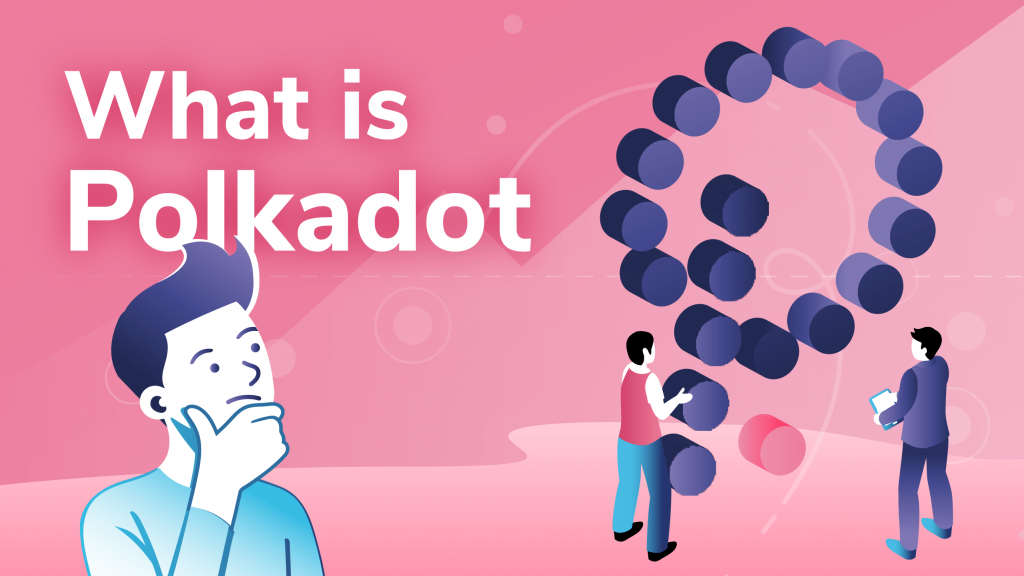
The Polkadot network is secured by the relay chain, responsible for interoperable communication and transactions between parachains and parathreads. Parachains offer developers the opportunity to design their own blockchains with customizable governance and tokenomic structures. Parathreads are similar to parachains but smaller, for projects that won’t need access to Polkadot’s relay chain all the time. Additionally, the Polkadot network consists of bridge chains, connecting the parachains to larger external blockchains such as Bitcoin or Ethereum.
Polkadot has become a popular choice for developers. This is due to the simplicity afforded by the Polkadot pre-set templates and software development kits (SDKs). Furthermore, developers can use many different programming languages, from Rust to Javascript, that can be converted through the Substrate FRAME. However, with Substrate Core, this can be achieved with any language that is capable of targeting WebAssembly.
The Kusama blockchain was built in conjunction with Polkadot as a “canary in the coal mine”. This was intended to create an environment for developers to test out new features and products before being considered for the Polkadot mainnet. However, following such huge adoption, the Kusama blockchain has become its own entity in many ways. Although practically identical in its base-code, Kusama has become a preliminary blockchain for Polkadot projects that will likely continue to thrive.
Stellar
Established in 2014, the Stellar Development Foundation (SDF) was created to bring all of the world’s best financial services into one single platform. Powered by the native Stellar Lumens utility token (XLM), the Stellar blockchain boasts ultra-fast and low-cost transaction fees. For developers, this is an ideal environment to build dApps, test them and get them into production. Stellar uses the Stellar Consensus Protocol (SCP), which is similar to the Federated Byzantine Agreement (FBA) consensus mechanism. However, SCP provides a lower barrier to entry than other consensus mechanisms as the upfront costs are generally more affordable.

Transaction fees on the Stellar blockchain are considerably faster and cheaper than those of Ethereum. Also, the Stellar blockchain does not suffer the same high-levels of congestion as Ethereum. This makes it an ideal environment for building sophisticated smart contracts and smart contract-enabled blockchain platforms.
Described as “an open network for storing and moving money”, the Stellar ecosystem makes it simple for developers to build payment applications and micropayment services using smart contracts. Furthermore, Stellar makes complex transactions as easy as writing a few lines of code, as the platform provides all the tooling and documentation needed to deploy and execute smart contract solutions to create blockchain-based smart contract platforms and payment services.
Smart Contract-Enabled Blockchain Platforms Summary
Ethereum has long been the go-to smart contract-enabled blockchain for developers. However, due to scaling issues and high transaction fees, the market share of the DeFi space is being eaten up by some of Ethereum’s closest competitors.
That being said, none of these projects appear to be aiming for the title of “Ethereum killer”. Rather, most blockchain-based smart contract platforms are working towards interoperability, building on what Ethereum has achieved and expanding its utility. Two of the main rivals to Ethereum were created by co-founders of the platform, which suggests that a lot of knowledge and expertise has been transposed to these projects.
Decentralized finance (DeFi) as we know it today wouldn’t exist without smart contracts. Understanding how smart contracts power the most popular decentralized applications (dApps) is crucial to mastering the art of DeFi. If you’re entering DeFi for the first time, check out the DeFi 101 course at Ivan on Tech Academy. This course shows you how to navigate some of the most prominent DeFi protocols such as Aave, Compound, Maker, and Synthetix.
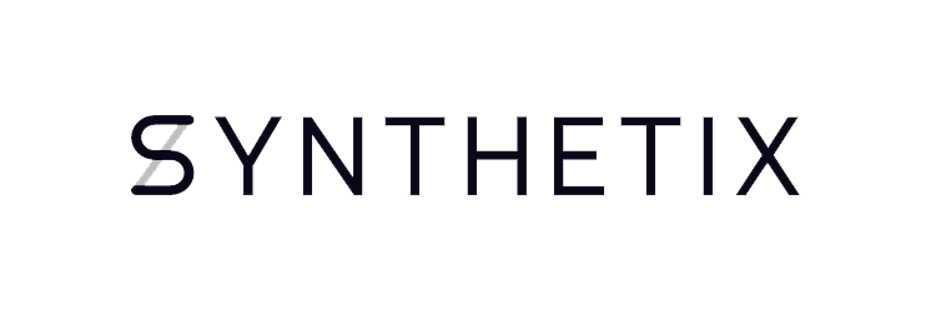
Want to go one step further? Then take a look at the DeFi 201 course at Ivan on Tech Academy. Here you can learn all about yield farming, crypto arbitrage, and much more! This course shows you exactly how versatile smart contracts can be when used correctly. Furthermore, this course equips you with the knowledge to make the most out of DeFi during this bull run! Also, don’t forget to follow us on Twitter @Academy_IOT, to stay in-the-loop about all the latest crypto projects!
